Table of Contents
Introduction to Cinnamon
Cinnamon is one of the most beloved spices in the world, known for its warm, sweet aroma and versatility in both sweet and savory dishes. But did you know that not all cinnamon is created equal? There are two main types of cinnamon available in the market: Ceylon and Cassia. While they may look similar at first glance, their differences go far beyond appearance. In this article, we’ll explore what makes Ceylon and Cassia cinnamon unique and help you decide which one is right for your kitchen.
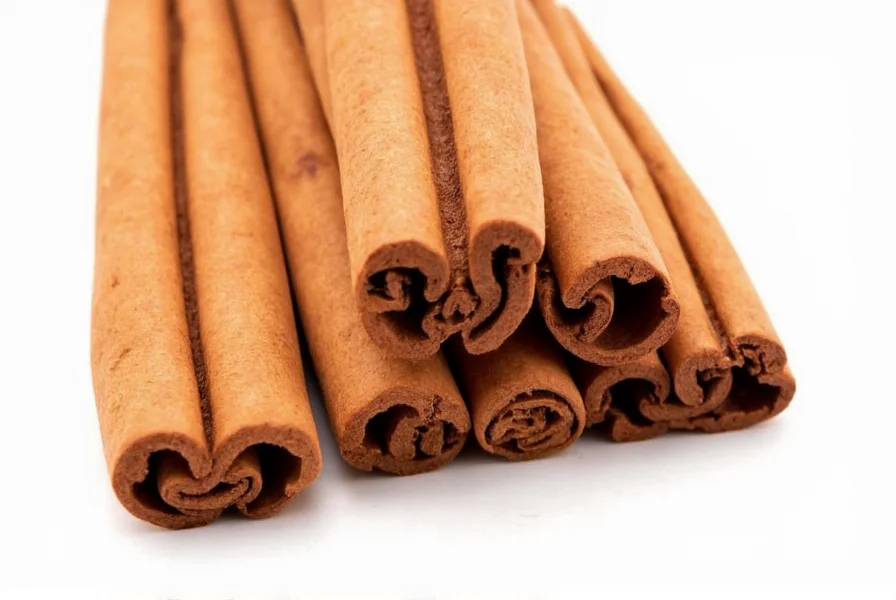
What is Ceylon Cinnamon?
Ceylon cinnamon, also known as 'true cinnamon,' comes from the inner bark of the Cinnamomum verum tree, native to Sri Lanka. It has been used for centuries in traditional medicine and cooking. Ceylon cinnamon is lighter in color, with a delicate, sweet flavor and a more complex aroma compared to Cassia. Its texture is softer and flakier, making it ideal for baking and adding subtle warmth to dishes without overpowering them.

One of the key benefits of Ceylon cinnamon is its lower coumarin content. Coumarin is a natural compound found in some plants, including Cassia cinnamon, and while it's safe in small amounts, high levels can be harmful over time. That’s why Ceylon cinnamon is often recommended for regular consumption, especially for those who use it frequently in cooking or supplements.
What is Cassia Cinnamon?
Cassia cinnamon, sometimes called 'Chinese cinnamon,' comes from the Cinnamomum cassia tree, which is native to China and Indonesia. It is the most commonly sold type of cinnamon in the United States and other Western countries. Cassia cinnamon has a stronger, more intense flavor and a darker color than Ceylon. Its bark is thicker and harder, and it tends to have a more pungent, almost spicy note.

While Cassia cinnamon is more affordable and widely available, it contains higher levels of coumarin. This means it's better suited for occasional use rather than daily consumption. However, many people prefer its bold flavor, especially in recipes where a strong cinnamon taste is desired, such as in pumpkin pies, mulled wine, or spiced coffee.
Key Differences Between Ceylon and Cassia Cinnamon
To make things even clearer, here's a quick comparison of the two types of cinnamon:
| Feature | Ceylon Cinnamon | Cassia Cinnamon |
|---|---|---|
| Origin | Sri Lanka | China, Indonesia |
| Flavor | Mild, sweet, complex | Strong, spicy, pungent |
| Color | Light brown | Darker brown |
| Texture | Soft, flaky | Thicker, harder |
| Coumarin Content | Low | High |
| Price | Higher | Lower |
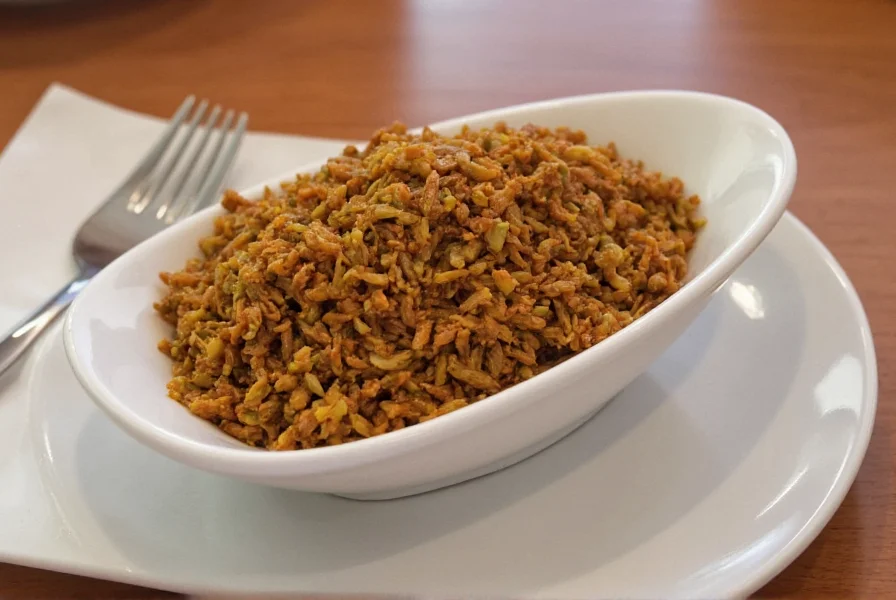
As you can see, the differences between Ceylon and Cassia cinnamon are significant, and each has its own place in the kitchen. Now, let's dive into how to choose the best one for your needs.
Buying Guide for Cinnamon
If you're looking to buy either Ceylon or Cassia cinnamon, here are some practical tips to help you make an informed decision:
1. Check the Label
Always read the label carefully. Look for the words 'Ceylon' or 'True Cinnamon' to ensure you’re getting the genuine product. If the label just says 'cinnamon,' it’s likely Cassia.
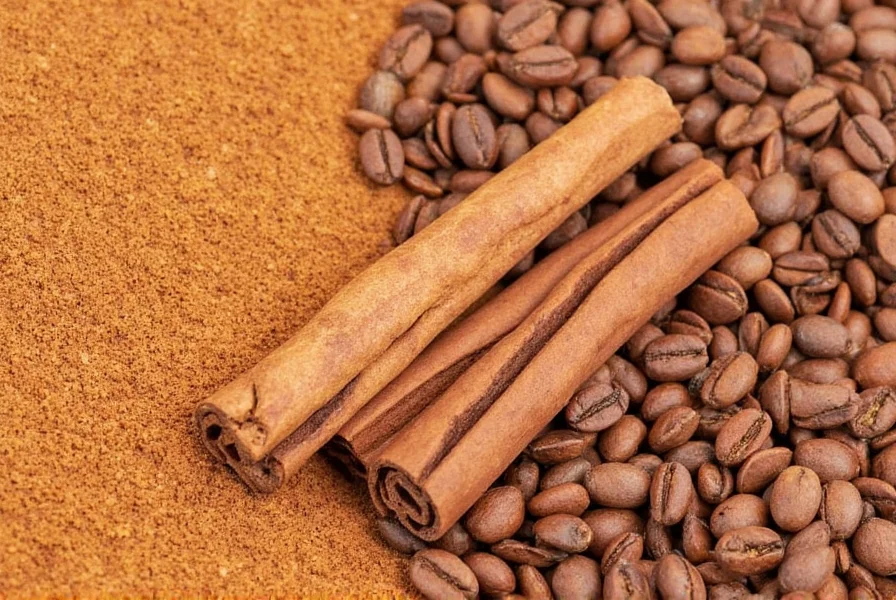
2. Consider Your Use Case
- Baking and Desserts: Ceylon cinnamon is ideal for baked goods like cookies, cakes, and pastries because of its mild and sweet flavor.
- Spiced Drinks and Sauces: Cassia cinnamon works well in hot beverages like chai, mulled wine, or spiced cider due to its strong and bold taste.
- Supplements and Daily Use: If you plan to consume cinnamon regularly, Ceylon is the safer choice due to its lower coumarin content.
3. Know the Features of Each Type
Here’s a quick overview of the features of each type of cinnamon:
- Ceylon Cinnamon:
- Delicate, sweet flavor
- Lighter color and softer texture
- Lower coumarin content
- More expensive but considered higher quality
- Cassia Cinnamon:
- Strong, spicy flavor
- Darker color and thicker bark
- Higher coumarin content
- More affordable and widely available
4. Choose the Right Form
Cinnamon comes in several forms, including sticks, ground powder, and oil. Here’s a quick guide to help you choose:
- Cinnamon Sticks: Best for infusing flavor into liquids like tea, coffee, or stews. They last longer and maintain their potency better.
- Ground Cinnamon: Convenient for baking, mixing into sauces, or sprinkling over oatmeal. Be sure to store it in an airtight container to preserve freshness.
- Cinnamon Oil: Used in aromatherapy and natural remedies. Always dilute before applying to skin.
5. Think About Occasions and Audience
When selecting cinnamon for a specific occasion, consider your audience:
- For Health Enthusiasts: Ceylon cinnamon is preferred for its health benefits and low coumarin content.
- For Everyday Cooking: Cassia is a budget-friendly option that still delivers great flavor.
- For Special Occasions: Ceylon can add a refined touch to gourmet dishes and desserts.
Frequently Asked Questions (FAQs)
What is the main difference between Ceylon and Cassia cinnamon?
The primary differences lie in origin, flavor, texture, and coumarin content. Ceylon (from Sri Lanka) has a delicate, sweet flavor, light brown color, soft flaky texture, and low coumarin. Cassia (from China/Indonesia) has a strong spicy flavor, dark brown color, thick hard bark, and high coumarin levels.
Which cinnamon is healthier for daily consumption?
Ceylon cinnamon is healthier for regular use due to its significantly lower coumarin content. High coumarin intake from Cassia can cause liver issues over time, making Ceylon the safer choice for daily consumption in cooking or supplements.
Can I substitute Ceylon for Cassia in recipes?
Yes, but adjust quantities. Use 1.5x Ceylon for Cassia in bold recipes (like pumpkin pie) since its flavor is milder. For delicate dishes (custards, light sauces), use equal amounts. Never substitute Cassia for Ceylon in daily-use recipes due to coumarin concerns.
How can I visually distinguish Ceylon from Cassia sticks?
Ceylon sticks form multiple thin, soft layers that crumble easily and resemble cigar rolls (light tan color). Cassia sticks are single thick, hard layers that resist breaking and have a dark reddish-brown color. When broken, Ceylon shows concentric layers while Cassia appears solid.
Why is Ceylon cinnamon more expensive than Cassia?
Ceylon commands higher prices due to labor-intensive harvesting (only inner bark is used), limited growing regions (primarily Sri Lanka), and lower yield per tree. Cassia is cheaper because it's easier to harvest (whole bark) and widely cultivated across Asia.
Is Cassia cinnamon dangerous to consume?
It's safe in moderation (less than 1 teaspoon daily for adults), but risky with regular high consumption due to coumarin. The European Food Safety Authority recommends limiting Cassia to 0.1 mg coumarin per kg of body weight daily. Ceylon contains negligible coumarin, making it safer for frequent use.
Conclusion
In summary, the difference between Ceylon and Cassia cinnamon lies in their origin, flavor profile, texture, and coumarin content. Ceylon cinnamon offers a milder, sweeter flavor and is ideal for everyday use, while Cassia provides a stronger, spicier taste that works well in bold recipes. Understanding these differences will help you make the best choice for your culinary needs and health goals.
Whether you're a seasoned chef or a home cook, knowing the difference between Ceylon and Cassia cinnamon can elevate your cooking and help you enjoy this incredible spice to the fullest. So next time you reach for cinnamon, take a moment to consider which type fits your recipe—and your taste buds—best!
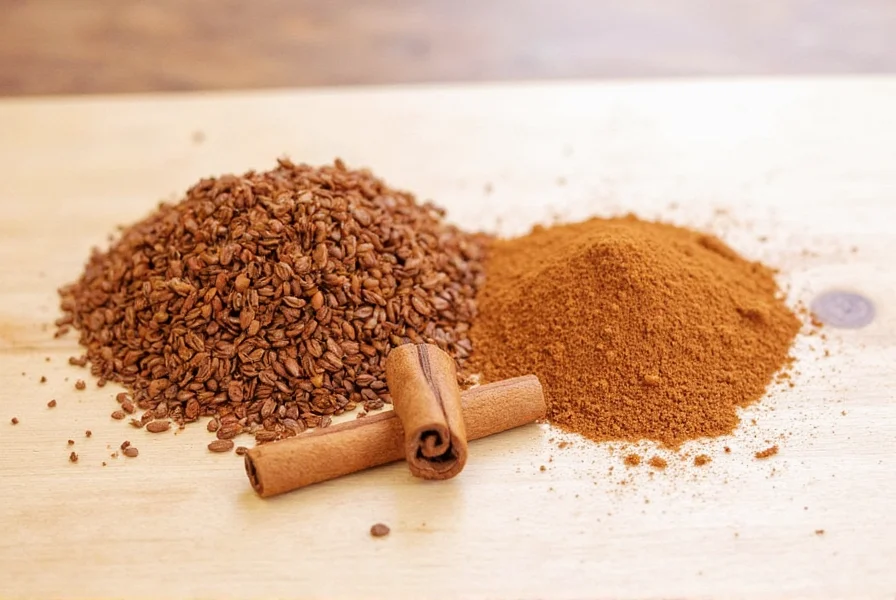

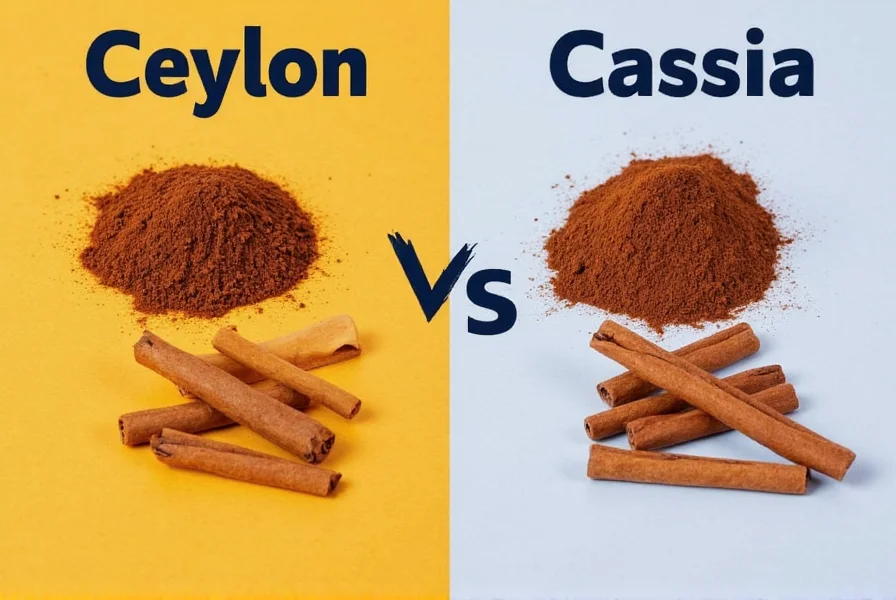









 浙公网安备
33010002000092号
浙公网安备
33010002000092号 浙B2-20120091-4
浙B2-20120091-4